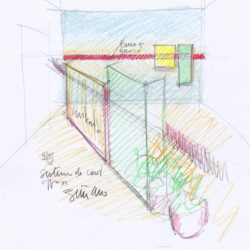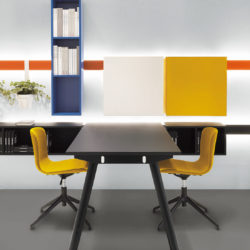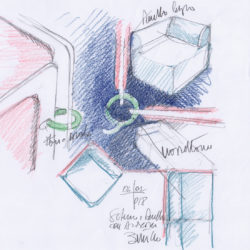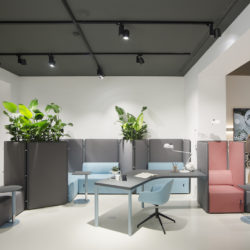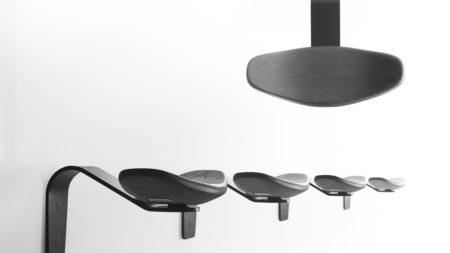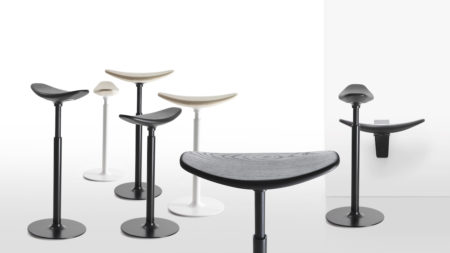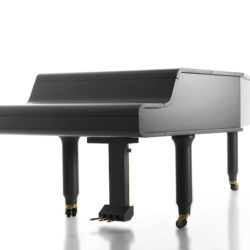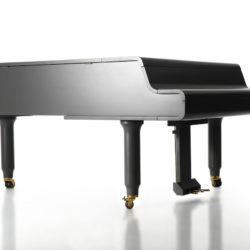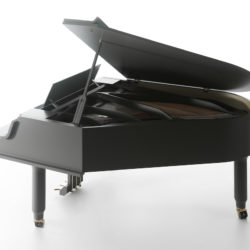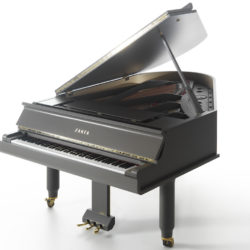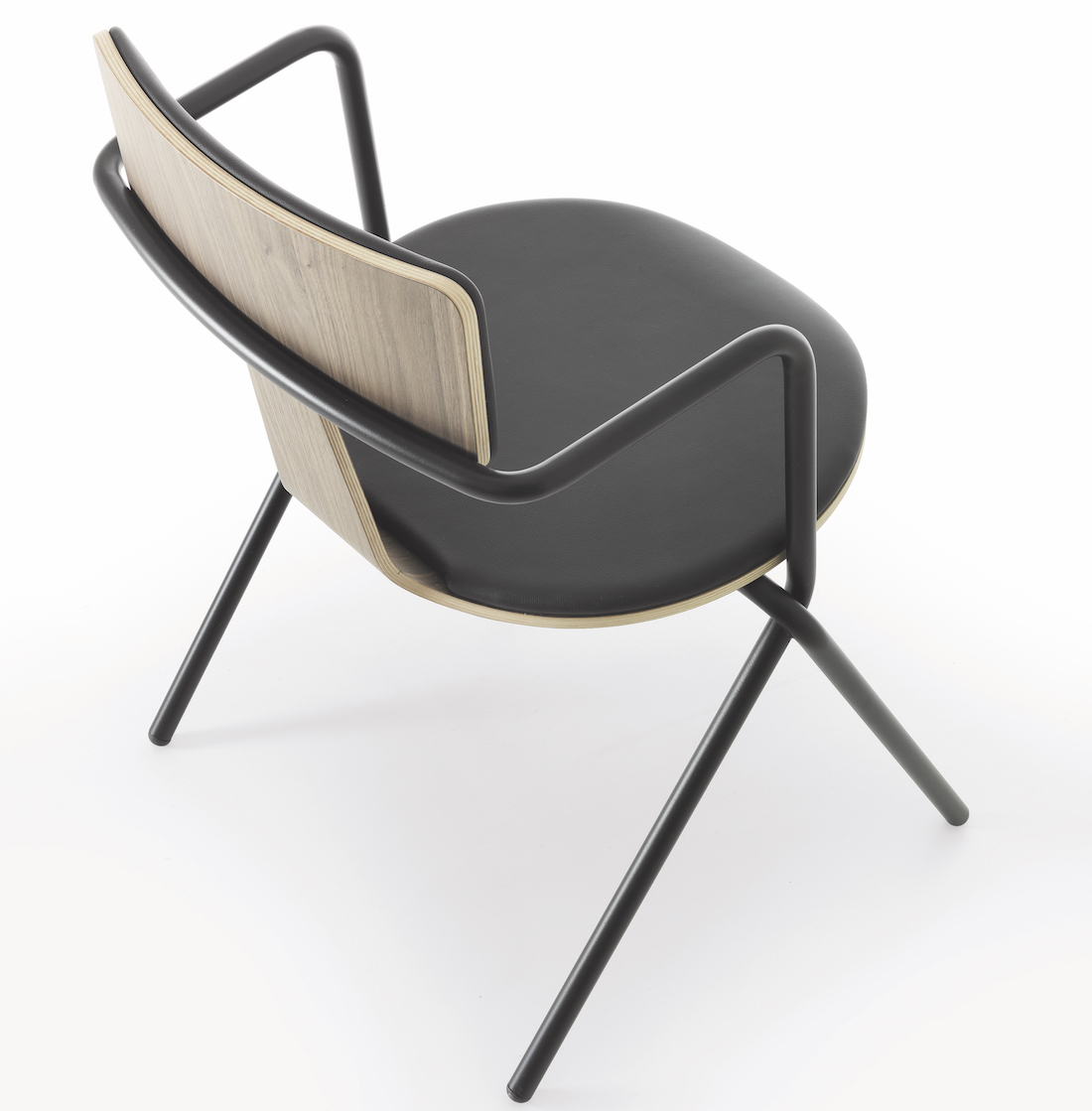
Enzo Berti is a multifaceted designer; he was born, lives and works near Venice. That city has strongly marked his career. His training began at the Academy of Fine Arts in Venice and his background is reflected in his own essential design, sometimes able to rethink the form and function of the object.
As in the case of the ZB200 piano designed for Zanta, we will be able to appreciate in the three WOW! Piano Concert 2019.
Starting from the 1980s, after having attended the advanced course in industrial design at the Faculty of Architecture in Venice, Enzo Berti focused on industrial design, but nevertheless every project reflects his artistic education. As reveal his expressive sketches, his sensitivity to traditional materials (wood, glass, marble, stone, iron) and his love for the care of the details that he reinterprets in the contemporary language of design by his peculiar essential sign.
Sometimes he is inspired by other sectors and arrives to dynamic and innovative solutions.
This skill earned him several international awards, including the 2014 Compasso d’Oro ADI for Bitta lamp (produced by Torremato) “for adding functionality to a traditional and symbolic object, renewing it in a discreet way” as the Jury quoted.
And in 2018, the Honorable Mention Compasso d’Oro for ZB200 piano: another traditional object completely rethink an renewed in its form and function.
Berti works for many important brands, as designer and art director as well (Kreoo Lapalma, Torremato), in the furniture and lighting design sector (home, office and community) and more.
He does not like interviews, but he answered our questions for the Ways Of Designing column: essential in words as in design.
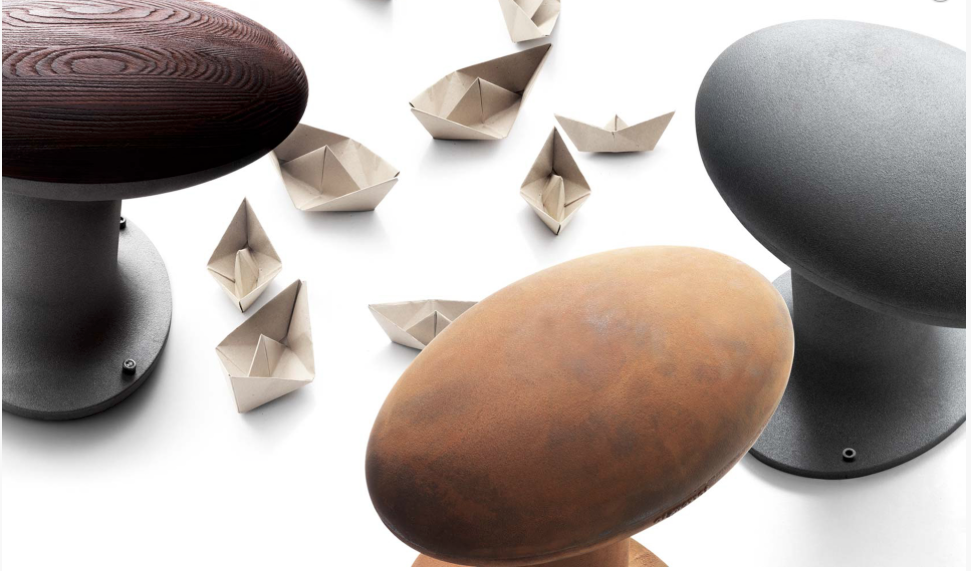
Achille Castiglioni quoted “We have to design starting from what we must not do”. In your opinion what should not be done?
When designing we should do everything and more, the important thing is to remain ourselves as Rudyard Kipling says in the poem IF(Letter to the Son).
Who was your design Master?
More than a single Master, I think my reference was the “period” of the first generation of Italian design when the protagonists were designers such as Magistretti, Castiglioni, Sottsass etc.
Which elements and experiences featured your design approach? Are there some products that better represent your approach?
I believe that my first real experience with design was represented by Magis, a brand conceived in the mid-1970s with Perazza, Martin and Bressan.
On that occasion the focus was beyond the products. Most of all the philosophy, influenced the first furniture collection, based on the concepts of temporariness and transformability of the objects according to personal changing needs.
You operates on different markets and fields. Is your design approach the same with different companies or does the approach change to the different situations?
The design approach remains the same, but the method that must be adapted to the product.
Are there any conceptual contaminations and common elements between the
different design areas you deals with?
The role of materials is a common element that links the sectors i design in. The material creates a sort of cultural contamination, a strong sensory and figurative connection among nature and its elements.
How the younger generations’ life styles and ways of working can impact on product design?
In design we must always take into account the change in lifestyles and the new needs, but I think that, beyond historical and social changes, we always remain humans, inextricably linked to nature and to the suggestions that it offers, in the perception of touch, in shapes and in perfumes.
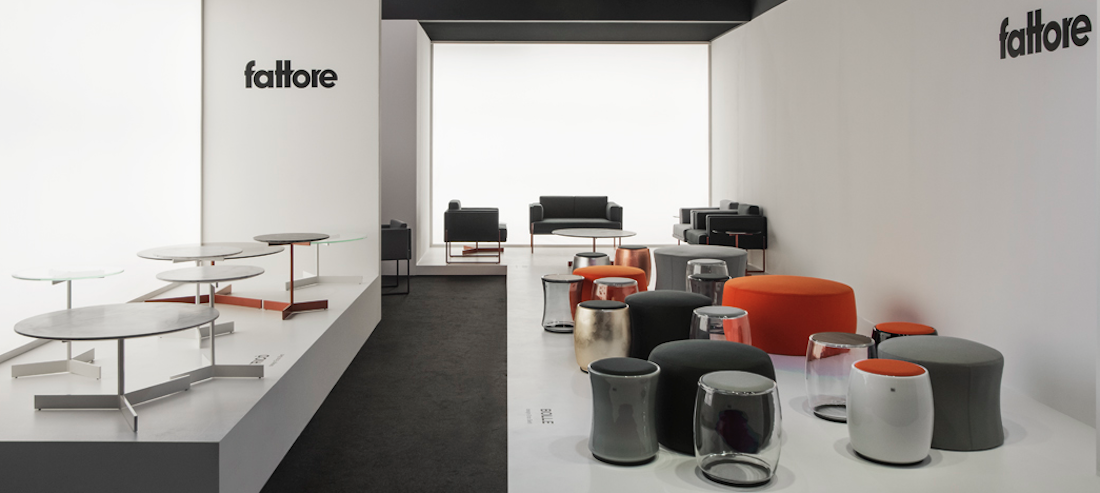
How has the workspace vision changed in the past few years and what scenarios and evolutions do you expect for the office and the ways of working in the near future?
I think and I hope that workplaces will become less and less rigorous and that we can work serenely, sharing places will increase and become central.
Why did you decide to redesign the piano? Do you think this instrument could be considered a very special “workstation”?
I think that the piano is a “wellness-station” rather than a “workstation”: it allows you to play, make music live and then get closer to the Universe.
The idea of redesigning this instrument was born because I believe that more and more we need to experience emotions and values that unfortunately are being lost: the challenge was to rethink the traditional piano, creating a new look and a new sound.
Captions
Bitta, Torremato; outdoor lamp inspired by the nautical bollard for mooring. ADI Compasso d’Oro Award 2014.
Milo, DVO; system of cupboards on basements and hanging containers, hooked to a backlit bar that allows maximum freedom of composition. In the photo with the Noto table, also by DVO, which takes up the idea of the classic work table on a tripod.
C Zone, DVO; A system of adjustable sound-absorbing partitions with high compositional flexibility for defining spaces, is completed by a pouf, lounge chairs and worktops.
Ryo, Lapalma; a free standing or wall-mounted seat that has a supporting function rather than a real stool.
Some products designed for Fattore: Bolle blown glass collection, Quid and Tricò upholstered seating system, a family of tables with metal structure and marble or glass top.
ZB200, Zanta; a new concept of piano, a formal and structural revisitation of the classical instrument. The lack of the traditional loop causes a considerable increase in surface area and power, obtaining an amplified sound compared to the other pianos. 2018 Gold Compass Honorable Mention.
Paro Chair collection, DVO; few constructive elements to obtain the maximum simplification from the point of view of production and assembly.

